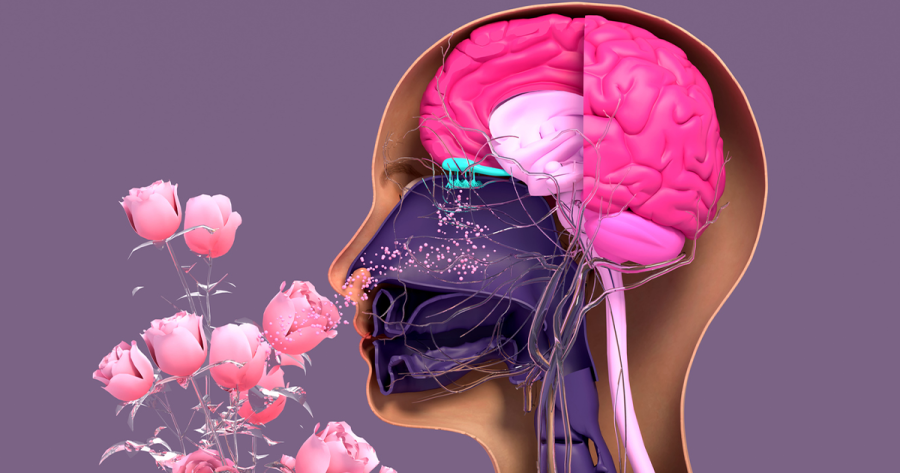When verbal communication becomes more difficult, the senses can provide a powerful way to connect with and comfort someone living with dementia. Gentle sensory experiences—through touch, smell, sight, sound, and even taste—can spark memories, calm agitation, and bring joy in ways words sometimes can’t.
These moments don’t need to be elaborate or time-consuming. The goal is to create simple, meaningful interactions that meet your loved one where they are. Here are a few caregiver-friendly ideas to help you get started.
Touch: Offer Comfort and Connection
The sense of touch can be grounding and reassuring. Holding hands, applying hand lotion, or brushing hair are all small gestures that offer both physical comfort and emotional connection.
You can also introduce tactile activities like:
- Folding towels or soft fabric
- Handling a textured blanket or fidget quilt
- Sifting through a bin filled with dried beans or smooth stones
- Holding a stuffed animal
Choose textures that are soothing, familiar, and safe. Avoid anything that could be confused for food or pose a choking hazard.
Smell: Tap into Memory and Mood
Scents are strongly linked to memory. A familiar smell can instantly transport someone back to a place, person, or time.
Try:
- A drop of lavender or vanilla essential oil on a cotton ball
- Smelling fresh herbs like rosemary, mint, or basil
- Baking cookies or warming up cinnamon sticks on the stove
- Scented candles that are placed out of reach
Keep in mind that some individuals with dementia may have a heightened sensitivity to smell, so start small and notice their reaction. The right scent can help ease anxiety, while a strong or unfamiliar one might feel overwhelming.
Sight: Use Color and Light for Engagement
Visual stimulation can be calming or energizing, depending on what your loved one responds to best. Soft lighting, soothing colors, and gentle movement—like a lava lamp or fish tank—can create a peaceful environment.
Try:
- Looking through a photo album together
- Displaying a favorite painting or colorful object
- Watching videos of nature scenes or familiar places
- Flipping through a scenic picture book
Avoid fast-moving or overly stimulating visuals, which can be disorienting or distressing.
Sound: Create a Comforting Soundscape
Music is one of the most effective sensory tools for people with dementia. It can lift mood, encourage movement, and trigger long-forgotten memories.
Try:
- Playing favorite songs from your loved one’s youth
- Singing familiar tunes together
- Listening to calming nature sounds, like rain or ocean waves
- Playing a musical instrument
Be mindful of volume and tempo. What soothes one person may agitate another, so adjust based on their mood and response.
Taste: Make Every Bite Count
If your loved one still enjoys food, taste can be a comforting sensory experience. Choose small, flavorful, easy-to-eat items—especially those tied to positive memories.
Try:
- A spoonful of pudding, applesauce, ice cream, or yogurt
- A sip of warm tea or flavored water
- A favorite candy or piece of fruit
- A favorite food, like bacon, grilled cheese, or cookies
Always consider dietary restrictions and choking risk. Even offering just a taste can brighten the moment.
Engaging the senses is about more than stimulation—it’s about connection. These small acts help your loved one feel grounded, safe, and loved. They also give you a way to share moments of joy, even when words are hard to find.
You don’t need to be perfect—just present. Trust your instincts, observe your loved one’s responses, and follow their lead.
If you need dementia caregiver support, please join my dementia support group or schedule your 30-minute consultation.
Connect with Tami
Get information, guidance, and support delivered to your inbox each month.

